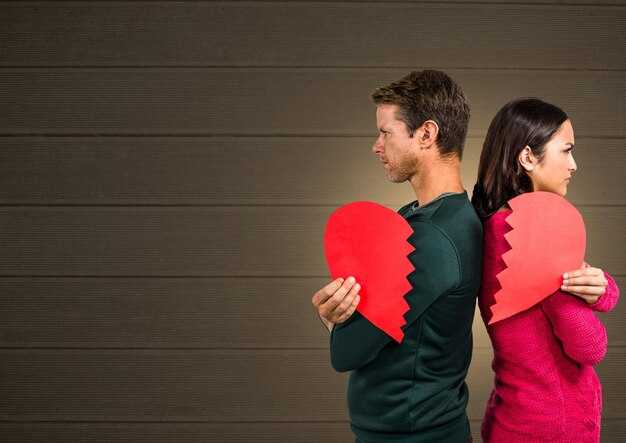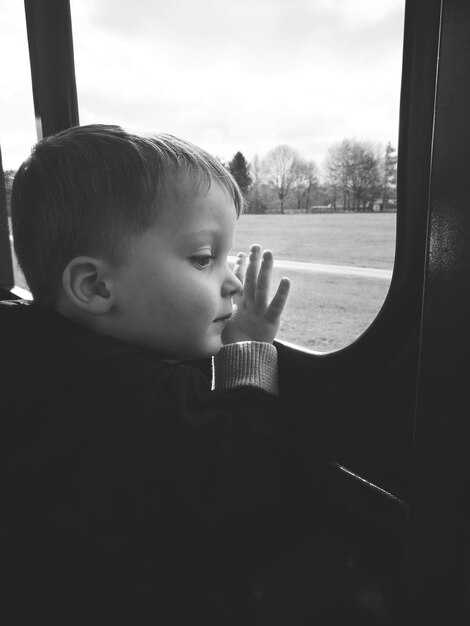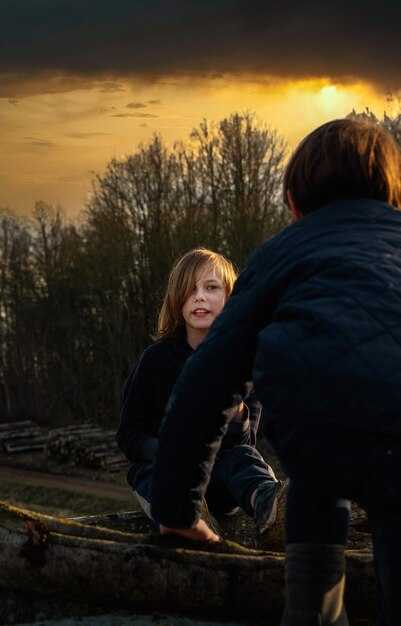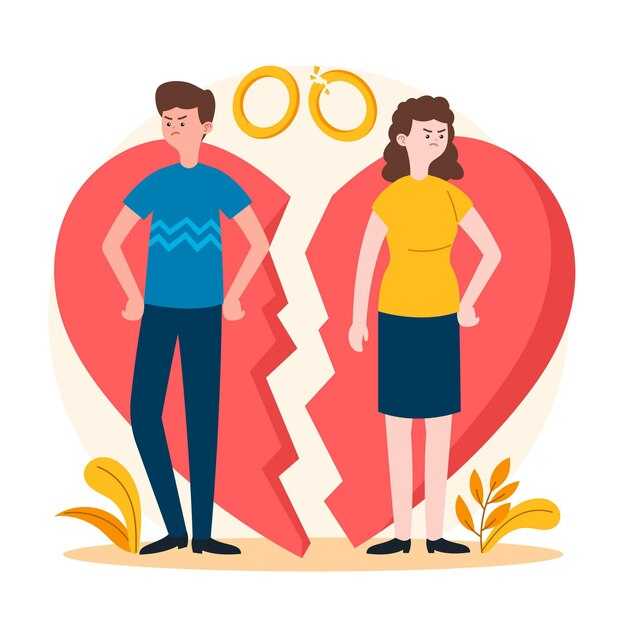For a long time I thought there was something deeply strange and wrong with me. I often felt cut off from other people, unable to communicate without sliding into sadness or anger. I kept ending up surrounded by people who seemed cold, wounded, or negative, and for the longest time I convinced myself I must somehow be attracting them. Eventually I learned that I was actually exhibiting a very particular set of symptoms caused by childhood harm. I had assumed those reactions were just my personality quirks, but they turn out to be common — typical responses many adults develop after growing up with trauma. The cluster of these symptoms has a name: complex PTSD. Maybe you have that diagnosis, maybe not, but you might recognize some of the signs. I carried these struggles my whole life, yet I only discovered the label about ten years ago, and that knowledge changed everything. Realizing, “This is complex PTSD,” felt like a huge burden of shame lifting off me. Suddenly I understood that my struggles weren’t some random, irrational overreaction to life — they were a real condition caused by trauma, and they weren’t my fault. If this sounds familiar, consider seeing a therapist for an assessment. I can’t diagnose you here, but I can describe how complex PTSD often appears. Many behaviors that once seemed unrelated are frequently linked to childhood neglect or abuse. If the signs resonate, much of what I teach about calming the nervous system, rebuilding regulation, and making healthier choices will apply, whether you carry the formal diagnosis or not. Knowing there’s a reason for these patterns can be a massive relief: you’re not alone, and you didn’t cause the trauma that shaped you. Healing is something you will do — you can get support, but ultimately you’re the one who will do the work of recovery, and there is a lot you can do. Ready to learn the signs? Here are very specific indicators that your childhood may have left lasting harm.
One: you’re constantly trying to interpret how other people feel — are they angry with me? Are they going to leave? This hypervigilance is utterly draining. It pulls your attention away from your own inner life and devotes it to monitoring everyone else. For many trauma survivors it becomes second nature. I used to be so caught up in reading others that I couldn’t picture life any other way. Not only is it exhausting, but it can also overwhelm other people; this kind of intense attention often feels invasive and can push people away.
Number two: when you feel threatened or overwhelmed, your response is far more extreme than the situation warrants. That may look like lashing out or, alternatively, shutting down — any form of emotional dysregulation. You might explode in anger, freeze in fear, or be crushed by shame, and only afterward realize your reaction didn’t match what actually happened. In the moment, the intensity feels like the only way to relieve a pressure that demands immediate justice or validation. One helpful tactic when you notice this is to delay the interaction: say, “I’m feeling very intense right now — can we pause for 15 minutes?” Use regulation tools to come back calmer; I teach many of those techniques in other videos, but here I’m just listing the signs so you can recognize them.
Number three: after a major emotional episode you can experience a strange emptiness — a flattened calm, neither upset nor happy. I liken it to the hush that follows a storm: everything feels neutral and distant. Living in Arizona once, I watched monsoons clear out the sky and leave a peculiar stillness afterward; emotional dysregulation can feel like that. Sometimes it resembles a migraine aura: a creeping sense that something’s wrong, followed by intense inward focus. Many who endured childhood trauma also have a higher incidence of migraines, and the parallel between neurological and emotional overwhelm is striking. This post-upset numbness can be particularly dangerous, because when you feel nothing you may say hurtful things impulsively — then, minutes later, when your feelings return, you’re shocked and remorseful. Repeated cycles of this pattern can severely strain relationships, though learning to re-regulate can change that.
Number four: compliments or gifts make you uncomfortable. A compliment may be met with suspicion — “Are they just trying to manipulate me?” — while receiving a present can trigger anxiety and disappointment: it never seems to prove the depth of care you secretly crave, especially from partners. Sometimes you anticipate a gift with dread, convinced it won’t measure up, and even a thoughtful gesture can feel crushingly insufficient. People who give you presents may learn you are hard to please and become hesitant to try. This reaction, as specific as it sounds, can point back to early experiences of not being cared for.
Number five: being around people who seem put-together can make you want to flee. They feel unsafe, judgmental, or alien, and you assume you couldn’t possibly be with someone like them. That discomfort often leads trauma survivors to choose partners who are troubled or unavailable — not because those people are healthier, but because they somehow feel familiar. Shame usually drives this avoidance: it’s easier to criticize or resent those who seem to have what you lack than to admit you feel inferior. One of the gifts of healing is learning to be comfortable around a broader range of people — different social classes, cultures, and levels of functioning — and appreciating them without feeling threatened. Pulling away from well-functioning people is a form of isolation, a short-term stress reducer that ultimately leaves you lonelier. If you’re wondering whether past trauma is affecting you now, I created a list of signs that might help you see the connection between present problems and childhood neglect or abuse. Download my “signs of childhood PTSD” quiz via the top link in the description below.
All right, number six: you have an abandonment trigger that flares over seemingly small things. I experienced this myself after having been abandoned multiple times in childhood. The trigger can become a type of emotional dysregulation: in the moment it feels absolutely necessary and urgent, but it prompts behaviors like begging, chasing, or clinging that quickly provoke shame and rarely help. These intense, childlike impulses aim to stop caregivers from leaving and then get replayed onto present-day relationships — bosses, coworkers, or romantic partners — where they’re inappropriate and ineffective. As you heal, you can learn to distinguish between what belonged to those early relationships and what belongs to current ones, so you don’t expect new people to make up for what you lacked as a child. When you’re caught in abandonment panic — obsessing that someone will leave over a delayed text, a glance, or a missed invitation — it helps to step away for a moment, because the desperation makes it impossible to think clearly or respond in ways that will actually help your relationship.
Number seven: you catastrophize. Worry spirals into vivid, worst-case scenarios. I remember being terrified as a child when my parents fought; later, as a five-year-old alone with my grandmother during a plumbing problem, I imagined the house flooding and us drowning. That extreme “I’m going to die” fear over a leaking sink is a childhood memory that shaped how I later anticipated danger. Distorted catastrophic thinking can persist into adulthood, different from ordinary vigilance. Vigilance is simply being aware of your surroundings; hypervigilance is being convinced danger lurks behind every shadow. I was actually assaulted once as an adult, but I didn’t become chronically paranoid afterward — I was able to process that danger in a way that left me functioning at a normal level of awareness. What pushed me to seek new tools was how overwhelmed I felt after that trauma; it made it necessary for me to learn daily regulation practices that have helped immensely. If you want to try those tools, I offer a short, free daily practice course with two techniques that can help quiet harsh thoughts and stabilize intense feelings — click the free daily practice link in the second line of the description below.
Number eight: if your childhood was particularly damaging, you may have trouble discerning whether you’re being mistreated or whether you’re overreacting. You lose the ability to trust your instincts — should you leave, call the police, or apologize and minimize? That uncertainty is a hallmark of trauma: you can’t reliably tell if your emotional response matches reality. That confusion makes it hard to know when to protect yourself and when to soften; rebuilding that inner compass is a key part of recovery.
Number nine: you fall into relationships very quickly and then find it almost impossible to leave. An attachment wound creates a huge hunger for love, so any sign of availability can prompt rapid bonding, often through sex as a fast route to intimacy. If you can delay sexual connection, you buy time to assess someone, notice red flags, and decide whether to continue. Yet as soon as you attach, abandonment fears can make separation feel unbearable, trapping you in relationships that are clearly unhealthy.
Number ten: you consistently attract people who are unavailable, inappropriate, or even dangerous, and you struggle to see the warning signs. Once attached, a cloud seems to blot out the red flags. This pattern — gravitating toward people who won’t meet your needs — is common among those who experienced early trauma. Attachment doesn’t guarantee mutual love; it often means you’re entangled with someone who can’t truly be there for you.
Number eleven: difficulty with clutter. Hoarding or keeping excessive mess is frequently a trauma-related behavior. You might notice it after bereavement or in people who were abused and never had a chance to process what happened. There’s no single explanation that fits everyone — some hold onto objects for comfort, others use clutter as a barrier against the stress of having people over — but if your home is so cluttered that you can’t comfortably host or it smells and feels unlivable, that’s often a sign of unresolved childhood wounds. As you practice regulation, set boundaries, and reclaim your capacity to express needs, the practical aspects of daily life — like clearing space and inviting others in — usually become easier.
Number twelve: your home feels temporary and your possessions don’t reflect you. Walls left bare, furniture that’s secondhand or not really yours, belongings still in boxes — all of this can signal a history of instability. I’ve had long stretches where most of my things were hand-me-downs or thrift finds; a few things I truly loved, like special curtains I waited months and paid for, stood out because they were intentional. Growing up poor made hosting feel shameful; I remember not having clean spoons and pretending it was quirky. That embarrassment shaped my relationship to objects and to feeling settled. If your life feels provisional and you avoid investing in things that matter to you, that can be another legacy of childhood deprivation. When you start to heal and gain resources, buying or choosing items that genuinely reflect you can be part of feeling rooted.
These twelve signs point to complex PTSD — the pattern of symptoms that often arises from chronic stress or harm during childhood. Many of us who show these signs grew up feeling like the “weird kid,” but there’s a recognizable pattern to the symptoms that trauma produces. Learning that your reactions are a normal response to abnormal circumstances can be incredibly validating. If you recognize these patterns in yourself, know that you didn’t do anything wrong; your nervous system is responding in predictable ways to early danger. People vary, of course, but once you understand the roots of your struggles, your recovery accelerates. You can learn to spot these symptoms in the moment, and that awareness is a powerful step toward healing.


 12 Super Specific Signs That Your Childhood Was Extremely Damaging">
12 Super Specific Signs That Your Childhood Was Extremely Damaging">

 Either Way, Fixating on Changing Your Partner Hurts You Both">
Either Way, Fixating on Changing Your Partner Hurts You Both">
 Avoidants Only Form Lifelong Bonds with THIS Type of Partner (Here’s Why)">
Avoidants Only Form Lifelong Bonds with THIS Type of Partner (Here’s Why)">
 Why She Stopped Touching You">
Why She Stopped Touching You">
 Childhood Trauma Drives You to ATTACH to People Who Can’t Love You">
Childhood Trauma Drives You to ATTACH to People Who Can’t Love You">
 How to Communicate without them feeling Attacked!">
How to Communicate without them feeling Attacked!">
 What to Do When You Feel Like Running Away">
What to Do When You Feel Like Running Away">
 When An Avoidant Acts Like THIS, They’re Truly Faithful For Real">
When An Avoidant Acts Like THIS, They’re Truly Faithful For Real">
 How to tell if your Marriage will Fail.">
How to tell if your Marriage will Fail.">
 I Neglected my Relationship.">
I Neglected my Relationship.">
 You don’t deserve to be ABUSED! || Narcissism is abuse">
You don’t deserve to be ABUSED! || Narcissism is abuse">